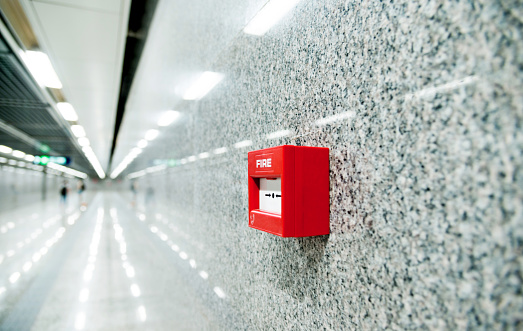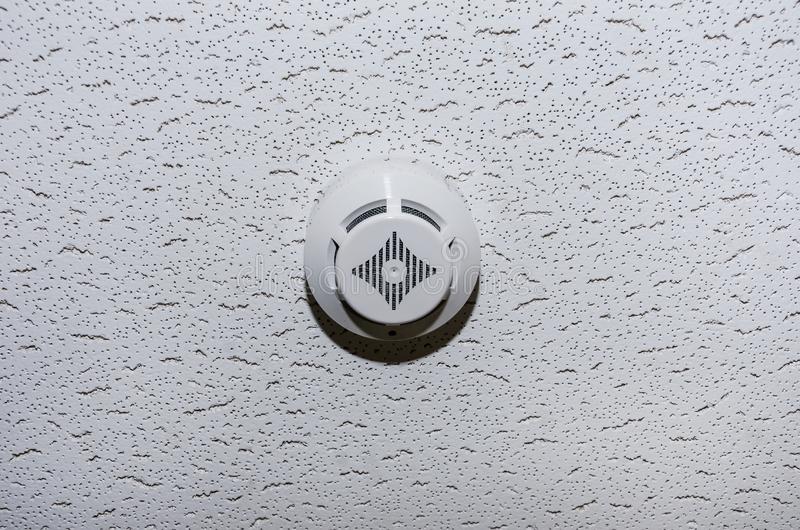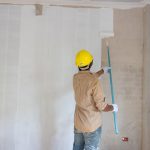What Are The Unique Types Of The Smoke Alarm For The Normal Use?
When you’re thinking about installing a smoke or carbon monoxide (CO) detector in your home, consider the type of alarm. There are multiple types of alarms available on the market today and it can be difficult to choose one. In this article I’ll explain how to choose a vocal smoke alarm for your home.
Most people don’t think much about their smoke alarm until something happens that makes them realize they need one. That’s why choosing the right type of smoke alarm is important. If you’re not sure what kind of smoke alarm to get, you might want to check out our guide to getting started with smoke alarms first. But if you’ve already got some experience with alarms and know which sort of alarm works best for your situation, here’s an overview of the different types of alarms you can buy.
There are three main types of smoke alarms: audible alarms, visual alarms, and verbal alarms. The most common types of smoke alarms include:
- Audible alarms. These are more traditional alarms that emit a sound when there’s smoke or fire. The sound could be a high pitched siren or a low pitched tone.
- Visual alarms. These alarms use a light and flash it whenever there’s smoke or fire.
- Verbal alarms. These alarms work by emitting a warning phrase like “Smoke Detected” or “Fire Alert.” Some models also let you set specific phrases that will trigger the alarm instead of just a general warning. It also tells you exactly where the fire is located. An example of a verbal alarm would be the SirensafeVoiceAlert.

Each of these alarms has its pros and cons, so it’s worth doing some research before making a purchase. Let’s go through each of these options in detail and see which ones do what well.
Audible alarms
These alarms are typically made up of two parts: a small speaker inside the housing and a power source. The speaker emits a sound when triggered, usually either a high pitched siren or a low pitched tone. The sounds are created using digital technology, which means that even if someone tries to tamper with the device, the sound will still function correctly.
The downside of these alarms is that they don’t alert you of the presence of smoke as soon as possible. They take a few seconds or longer to detect smoke because they have to warm up and reach full capacity. This is why audible alarms aren’t the best choice for bedrooms or places where you spend a lot of time, since these areas are often occupied by sleeping individuals and they might forget about the alarm.
However, audible alarms are great for rooms where people spend a lot of time, such as living rooms, offices, and other large spaces. Many people who install smoke alarms in their homes tend to place these devices near their sleeping quarters.
Visual alarms
If you prefer an alarm that alerts you immediately, then a visual alarm may be the way to go. These alarms use a sensor placed near the ceiling that detects smoke and sends a signal to a small LED panel. The LED panel lights up in red and flashes every 30 seconds. The signal from the sensor is sent to the LED panel via a wire connected to the power supply of the alarm.
This type of alarm is ideal for situations where you’re likely to be away from the room that you installed it in. You can leave the house and come back to find your room completely engulfed in flames.
Verbal alarms
Verbal alarms are similar to audio alarms but they don’t use a speaker or even a light to warn you of the presence of smoke. Instead, these alarms have a microphone and a speaker built into the same unit. When activated, the device begins sending out a series of pre-programmed phrases that tell you where the fire is located.
These alarms can be useful in cases where the smoke is spread throughout a wide area. Since these alarms send out a message via the internet, you won’t have to worry about running around searching for the source of the smoke. Once you figure out where the fire is, you can shut off the alarm and call 911 for help.
If the person will be clear regarding the various types of the smoke alarm then they can reach the goals in no time. The main motive of the people is to use the option that will be productive. A person ca plan to use Why does Kidde’s 10-Year Smoke Alarm Keep Going Off For No Reason and then only take the final decision regarding the purchase.
While these devices are handy for keeping track of where the smoke is coming from and how to contain it, they’re less effective at detecting the presence of smoke early enough to save lives. That’s why we recommend placing these devices near sleeping areas in your home.
When it comes down to it, all of these alarms are designed to protect your family and home from fires. However, they’re not perfect and there are several things you should keep in mind when picking one. We hope that this information helps you make an informed decision about the type of smoke alarm that’s best for you. And if you decide to go ahead with any of these alarms, you should definitely check out our guide to smoke alarms to learn more about how to operate them properly.

It’s also important to remember that smoke detectors are only part of the equation when it comes to protecting your home from fires. Here are some other precautions you should take to ensure that you have adequate protection against fires:
- Install smoke detectors in multiple locations in your home. Place them in every bedroom, living room, and other areas where you spend a significant amount of time.
- Replace batteries every six months or so.
- Keep your household items away from your smoke detectors. Placing your furniture and personal belongings too close to your detectors can interfere with their operation.
- Consider buying multi-sensor units. Multi-sensors combine the features of both audible and visual alarms. They can detect the presence of smoke and heat simultaneously, helping you avoid false alarms.
Now that you understand the basics of smoke alarms, you should feel prepared to make an informed decision about the type of alarm that’s right for your home. Make sure you follow the guidelines listed above and you’ll be well on your way to having a safe home.



